Mammals A-M
 |
BatsBats are an important pollinator of many food plants and the only major predator of night-flying insects. A single bat can eat as many as 7,000 mosquitos a night, and large populations of bats consume thousands of tons of potentially harmful forest and agricultural pests annually. |
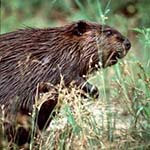 |
BeaverBeaver are common throughout North Carolina. With few natural predators, they can thrive and multiply anywhere there is water and ample food. Beaver can be beneficial to a woodland owner by reducing stream erosion, creating slow-moving ponds and water storage, and providing aquatic habitat for dozens of other species. However, having beaver in your woodlands can also result in property damage including flooding and destruction of timber. |
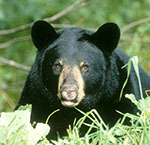 |
Black BearThe black bear is the only bear species found in North Carolina or anywhere in the eastern United States. It is common in the mountain and coastal regions of the state but uncommon in the piedmont. Black bear are an important part of North Carolina’s cultural, historical and natural heritage. |
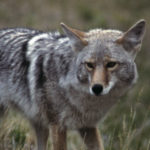 |
CoyoteCoyotes live in all 100 counties of North Carolina, with the largest populations living in the western part of the state. Coyotes live where food is plentiful and easily adapt to cites and suburbs. |
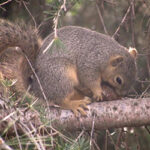 |
Eastern Fox SquirrelThe fox squirrel is the largest tree squirrel in North Carolina, nearly twice the size of the more common gray squirrel. It lives primarily in mature longleaf pine and open pine-oak forests in the Sandhills and southern Coastal Plain of North Carolina. Fox squirrels occur in a variety of color phases. Some are grayish with various patches of black. Some almost totally black with dark gray patches. Others are reddish or rust colored or tawny- brown. |
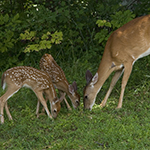 |
White-tailed DeerDeer live in almost every habitat type from pine forests, to farmlands to creek bottoms and other places where food, water and shelter are available.
|
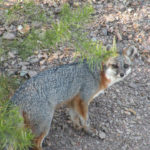 |
FoxesThere are two fox species found in North Carolina– the gray fox, which is native to the state, and the red fox, which was introduced to the region by European settlers in the 1700s.
|
